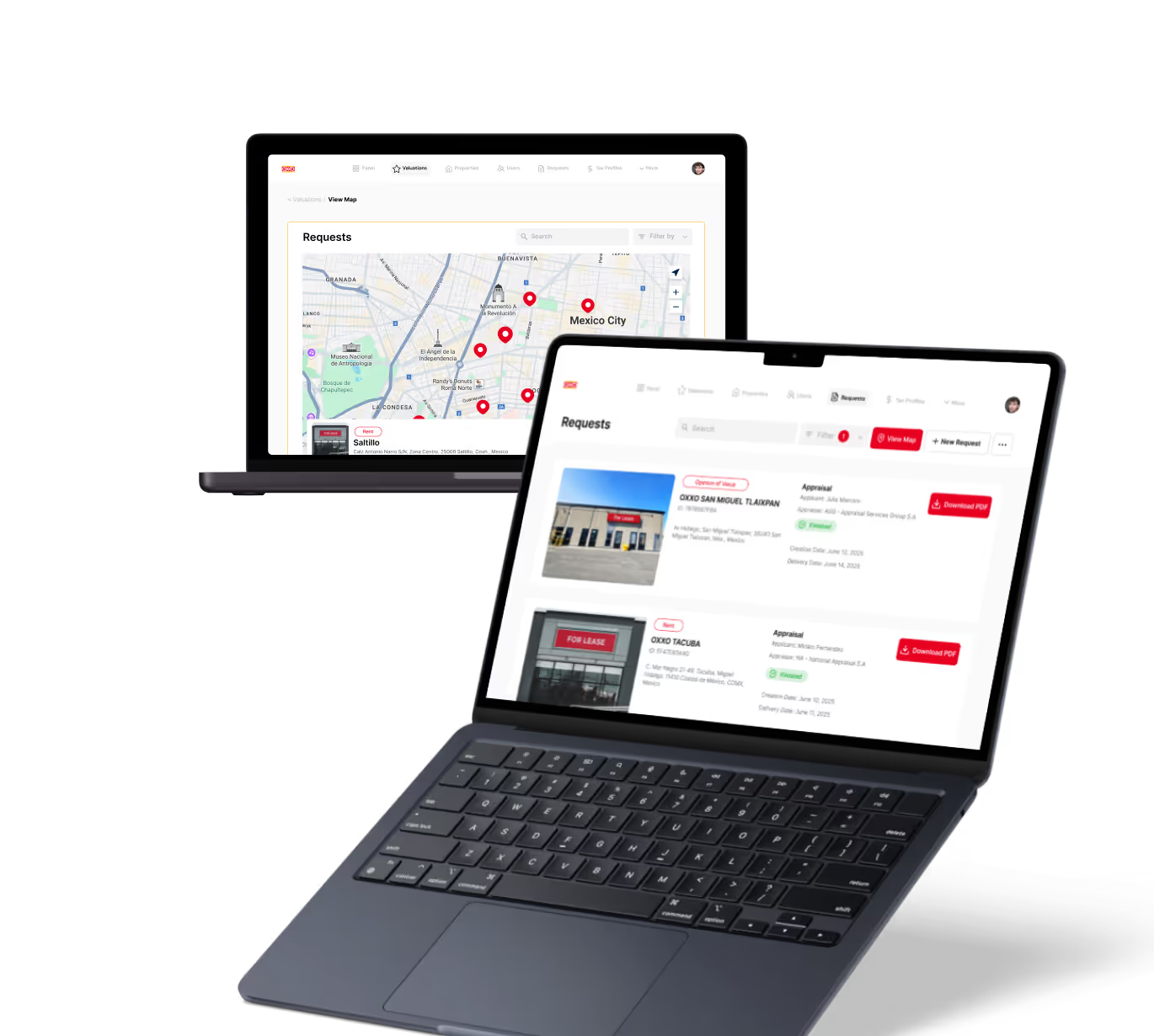Low-Fidelity Prototype
MVP
Discover what a low-fidelity prototype is, its benefits, and how to create one effectively for your projects.
Introduction to Low-Fidelity Prototypes
If you are starting a new product or app, creating a low-fidelity prototype can save you time and money. It is a simple way to show your ideas without building a full product. You can test concepts quickly and get feedback early.
Low-fidelity prototypes are basic versions of your design. They focus on structure and flow, not on colors or details. This helps you and your team focus on what really matters before investing in complex development.
What Is a Low-Fidelity Prototype?
A low-fidelity prototype is a rough, simple model of a product or interface. It usually looks like sketches, wireframes, or basic digital mockups. The goal is to communicate ideas clearly without distractions.
These prototypes often use simple shapes, placeholders, and minimal text. They do not include detailed graphics or interactive features. Instead, they focus on layout, navigation, and user flow.
- Hand-drawn sketches on paper
- Basic wireframes using tools like Balsamiq or Figma
- Clickable mockups with limited interactivity
Low-fidelity prototypes help teams understand how users might interact with a product early on.
Benefits of Using Low-Fidelity Prototypes
Using low-fidelity prototypes has many advantages. They are quick and cheap to create, allowing you to explore many ideas fast. You can test concepts before spending time on detailed design or coding.
These prototypes encourage collaboration. Team members and stakeholders can give feedback easily because the design is simple and open to change. This reduces misunderstandings and improves the final product.
- Fast to create and modify
- Cost-effective for early testing
- Encourages user and team feedback
- Focuses on core functionality and flow
- Reduces risk of costly changes later
For example, a startup using bubble might sketch a low-fidelity prototype to map user flows before building the app visually.
How to Create a Low-Fidelity Prototype
Creating a low-fidelity prototype is straightforward. Start by defining the main goals and user tasks. Then sketch the basic screens or pages that show how users will navigate.
You can use paper and pencil or digital tools like Figma, Sketch, or Adobe XD. Keep designs simple with boxes, lines, and labels. Avoid colors or images that distract from the structure.
- Identify key screens and user actions
- Sketch layouts focusing on placement and flow
- Use placeholders for images and text
- Create simple clickable links if digital
- Share with users or team for feedback
Tools like Glide or FlutterFlow also allow quick creation of low-fidelity prototypes with basic interactivity, helping you test ideas without coding.
When to Use Low-Fidelity Prototypes
Low-fidelity prototypes are best used early in the design process. When you have an idea but need to explore options, they help you visualize and test concepts quickly.
They are useful for:
- Brainstorming and idea validation
- Gathering early user feedback
- Aligning team understanding
- Planning user flows and navigation
For example, before automating workflows with Make or Zapier, you might sketch a low-fidelity prototype of the process to ensure it meets user needs.
Low-Fidelity vs. High-Fidelity Prototypes
Low-fidelity prototypes differ from high-fidelity ones in detail and purpose. Low-fidelity focuses on structure and flow, while high-fidelity prototypes look like the final product with detailed visuals and interactions.
Here is a quick comparison:
- Low-Fidelity: Simple sketches, fast, cheap, early feedback
- High-Fidelity: Detailed design, interactive, closer to final product
Start with low-fidelity to explore ideas, then move to high-fidelity when you need to test usability or visual design.
Conclusion
Low-fidelity prototypes are powerful tools to bring your ideas to life quickly and cheaply. They help you focus on what matters most: the user experience and flow.
By creating simple sketches or wireframes, you can test concepts early, get valuable feedback, and avoid costly mistakes. Whether you use paper or no-code tools like bubble or Glide, low-fidelity prototypes are essential for smart product development.
FAQs
What is a low-fidelity prototype?
Why use low-fidelity prototypes?
What tools can I use to create low-fidelity prototypes?
When should I create a low-fidelity prototype?
How is a low-fidelity prototype different from a high-fidelity one?
Can low-fidelity prototypes be interactive?
Related Terms
See our numbers
315+
entrepreneurs and businesses trust LowCode Agency
Investing in custom business software pays off
We were managing property valuations across multiple brands, and the complexity was overwhelming our traditional processes. Every day of delay in property evaluation meant potential lost revenue and competitive disadvantage.
15,000+
property valuations managed through centralized platform
40%
reduction in valuation processing time

J.Antonio Avalos
,
Product Manager Lead
OXXO



%20(Custom).avif)